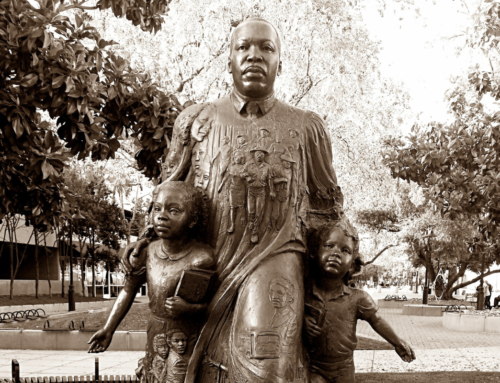By now you have written a persuasive speech, with a structure that respects the audience's need to hear your message in a certain order that makes sense to them. All you have to do is hit the print key, grab the pages, and you're off to the podium, right?
Not quite yet. First of all, never hide behind the podium, but that's another blog for another day.
Second, there are a couple more things that it would behoove you to think about.
I like to apply Maslow's hierarchy of needs to a talk to see how viscerally it's going to grab the audience. Start by turning the hierarchy upside down. Maslow's whole point was that people work their way up the pyramid by satisfying their needs in the order that he describes. So, if you're worried about food and shelter — basic physiological needs — you're not going to be thinking about whether or not you've got the esteem of the local flower club. That comes later, after a good meal and the prospect of more to come.
Turned upside down, Maslow's hierarchy becomes a way to gauge whether or not someone will pay attention to your talk. Most people don't start attending closely until their personal safety or the safety of their business is at stake. So try to find a way to express your message in safety terms.
Don't make it up or distort things to accomplish this feat. Make it real. But do your best, because your audience is probably going to be thinking about the critical issues nagging at them, and to cut through that clutter, you have to be at least as low on the hierarchy as they are.
The other way I like to think about speeches overall is to apply one of the great stories of our culture to them. There are only five basic stories — the quest, rags to riches, the love story, stranger in a strange land, and revenge. These are powerful stories that we learn from the cradle, and we know them deeply and respond to them powerfully. So if you can fit your message into a quest for profits, say, or a chance to beat the competition at a new product launch, or a merger that is a love story, then your audience will 'get' what you're saying more powerfully than otherwise.
Don't be obvious about it. Don't say, "Let's go on a quest." Instead, say, "Today, I'd like to ask you to begin a journey with me. We've got difficult terrain ahead, and there will be many obstacles to overcome. But at the end of the journey, we will achieve something that very few other companies ever get to achieve, a ….." In other words, tell the story, don't announce it.
I say a lot more about these stories and how to use them in my first book. Next time I'll conclude this series of blogs on writing a great speech with some thoughts about Power Point and other visual aids.








Leave A Comment